Like geese heading south for the winter, foregoing the razor just feels right when temperatures drop and the snow starts to arrive. Staying the course is another matter entirely: maddening itch, patchy stubble, and failed clean-up attempts derail most beards before they reach their full potential.
And that full potential doesn’t come quick. Not only does the rate of whisker growth vary from person to person, it varies from follicle to follicle as they cycle through periods of activity and rest. On average, it takes four to six weeks to see the complete picture, though for slow growers it can take up to eight.
Fortunately, it only takes about a month to get past the growing pains. We tapped practicing dermatologist Jeffrey Benabio and Beardbrand founder Eric Bandholz for their pro tips and tools to get you on track to your best beard yet.
Start Clean
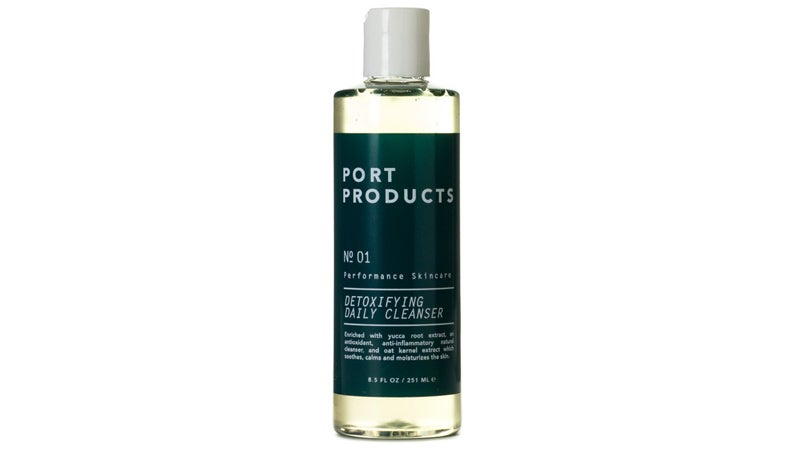
Razors don’t just remove hair: they also take off dead skin, oil, and other pore-clogging debris. “It’s common to develop ingrown or trapped hairs that can cause itchy and sometimes painful little bumps,” Benabio says. “Also, seborrheic dermatitis—a common itchy, flaky condition of the scalp—can occur in beards.”
To keep skin happy, sub in a moisturizing face wash once a day. We love ($28): the plush gel uses glycolic acid to gently exfoliate, tea tree to tackle microbes, oat extract to soothe, and—best of all—a polymer that gently softens and tames sharp stubble.
Subdue the Itch
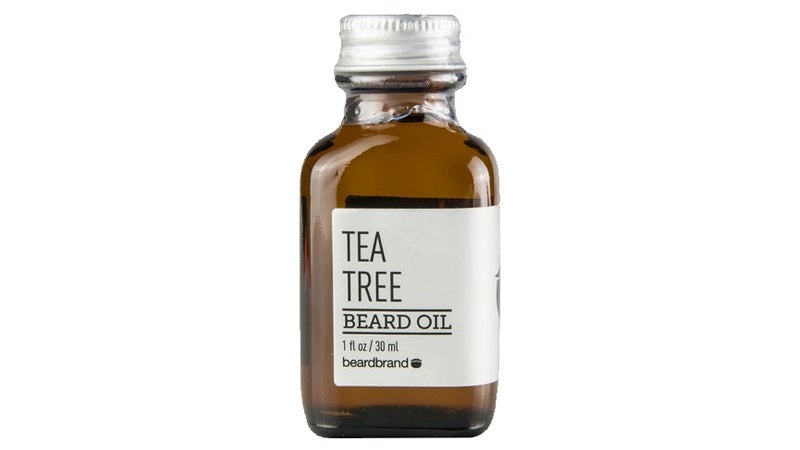
Once or twice a week, lather up with a little dandruff shampoo that contains salicylic acid, like , to deep clean and deter microbes. It’s also a good time to start treating fresh-washed whiskers to a few drops of beard oil, which softens sharp tips—a main culprit of irritation—and fortifies skin. Pick Beardbrand’s ($25) for extra relief, courtesy of soothing peppermint and tea tree oils. Still unbearable? “Applying a mild over-the-counter steroid cream like 1 percent hydrocortisone once a day to itchy areas can also help,” Benabio says.
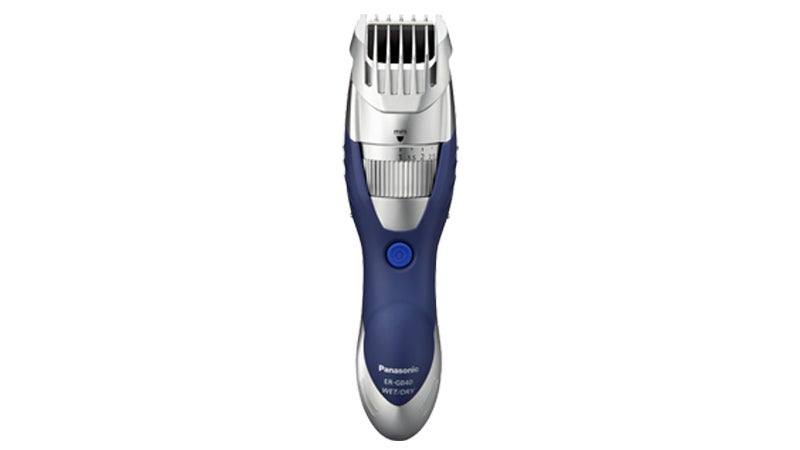
For those who aspire to a short beard—or who don’t mind losing a little length for the sake of sanity—a last resort: trim off sharp tips with the ultra-precise Panasonic ($50). The guard dials in at 0.5-millimeter increments, which is why it’s also our favorite tool for maintaining short beards.
Shape Up
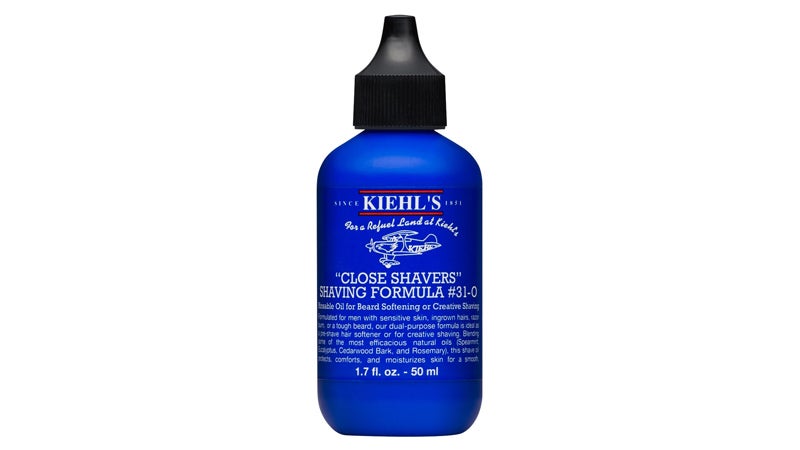
For those with day jobs, by week three or four it’s likely time to start tidying up—carefully, says Bandholz. “Men will typically get a little ambitious with their razors, cut too much, and then shave the entire thing off.”
The best way to avoid mistakes: Take off as little as possible. For the neckline, that means only what’s below where the jaw meets the throat. “Very little of your beard needs trimming around the neck,” Bandholz says. Good advice: “You shouldn't need to look up to trim, and aim to shape a nice round curve from one ear to the next.” Use your Adam's apple as a guide: trim below, keep above. On cheeks, target individual hairs to avoid emphasizing patchiness. “Try to go with your natural line, and only trim off the one or two stragglers that are outside that line,” Bandholz says. “If you have very dense cheeks, you should trim no lower than the bottom of your nose.”
Of course that’s a lot easier if you can see what you’re doing. Kiehl’s ($18) goes on clear and gives better glide than most shave creams we’ve tried. Since multi-bladed megacartridges are overkill at this point, pick up a value pack of slim singles like Gillette’s ($4.50)
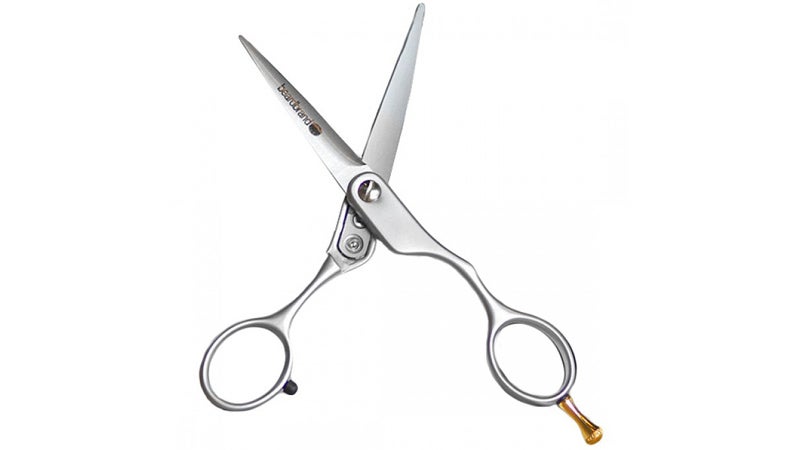
As for those mustache hairs slowly creeping into your mouth, you’ll want a good pair of snips. “This will give you a little more control and only cuts a few hairs at a time,” says Bandholz, who also prefers them over clippers for trimming and shaping medium and long beards. “Use a comb to pull out hairs to the desired length and trim away.” Beardbrand’s ($45) are wicked sharp and awesomely easy to get the hang of, thanks to man-size handles and a no-slip finger rest. Do yourself a favor and to learn how to hold them correctly.
Change Your Game
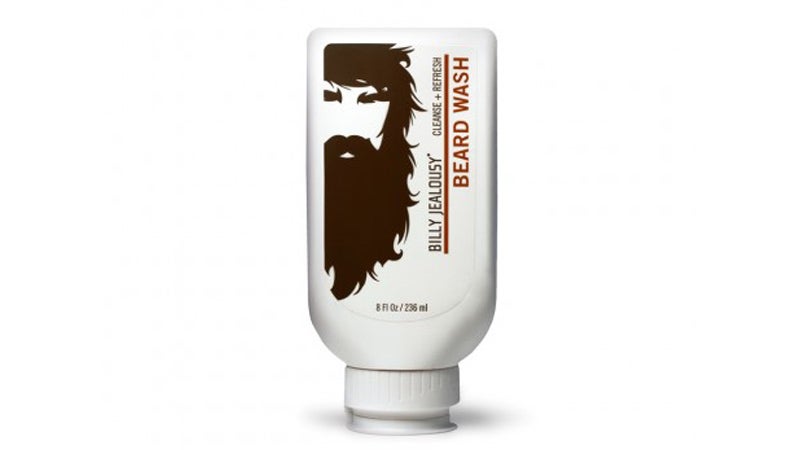
They may not look like a beard just yet, but once whiskers are a quarter-inch long, it’s time to start treating them like one. “Transition from a moisturizing face wash to a shampoo to help clean and soften beard hairs,” Benabio says. The one you use on your head will do, but we prefer Billy Jealousy ($20) for sulfite-free suds that go easy on skin and smooth tough bristles.
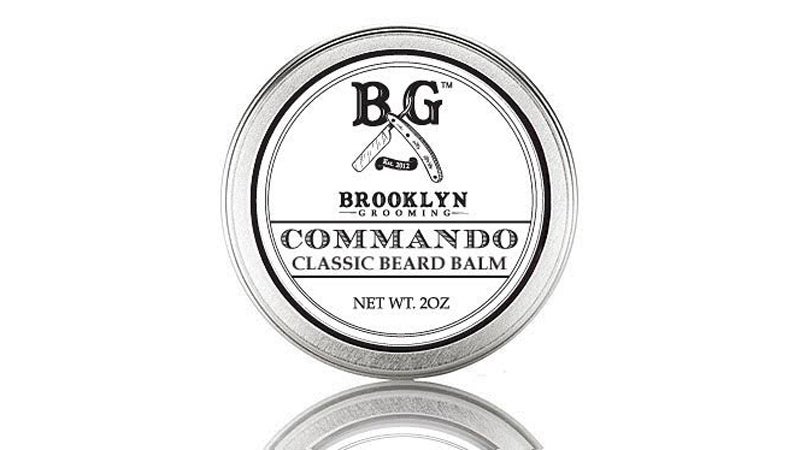
But keep the dandruff shampoo on hand, too: “Dandruff can develop after weeks or even months of growing a beard,” Benabio says. And that’s especially true in snow season. “Symptoms are more common in winter because cold, dry air can trigger dandruff, as well as cause beard hair to become dry and brittle.” If your over-the-counter suds haven’t kicked the flakes or itch after a couple of weeks, it’s time to see a dermatologist. As for protecting your hard-earned scruff, apply a little Brooklyn Grooming ($26) before heading out for a day in the elements.
From here, how you cultivate your increasingly burly beard is up to you and your follicles. Bandholz’s words of wisdom: “Grow what you’ve got—based on your beards genetics, try to grow a style that fits your best parts. If you grow a full, thick mustache, don’t trim that bad boy off.”


